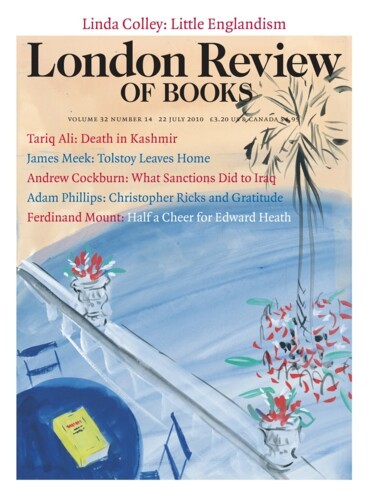In 1999, while taking a break from my PhD to try to get rich in the fine jewellery business, I nearly became the world’s largest counterfeiter of Fabergé eggs. It all started in Arlington, Texas, where my brothers and I owned several jewellery stores. Boris, an alcoholic Russian ex-pat who’d been with us for years, came into my office one January morning – we’d just had a lousy Christmas season – and told me something he’d been keeping to himself for a while, that in St Petersburg the remnants of what had once been Fabergé were still in business, using the old equipment to make eggs and other enamelled pieces just as good as the ones in museums around the world. The jewellers hadn’t been paid in months; they were keen to find a home and a regular paycheck in America. Boris’s best friend was the shop-manager.
I had counterfeited before. What I didn’t know at the time, and wish I had (it might have eased my conscience), was that my shifty trip to Russia to steal someone else’s jewellers in order to produce fake eggs was very much in keeping with Fabergé’s shadowy history. In June 1923 the imperial Fabergé eggs seized by Red Army troops during the Revolution were put up for sale, along with many other treasures, in a kind of giant garage sale.



